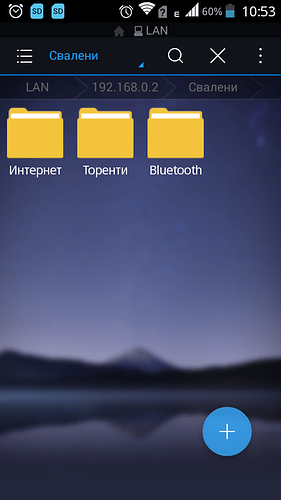Been at this for 3 months. I have 2 UB Mate 16.04.1 laptops , sitting side by side, both fresh installs, updated exactly the same, one HP, one DEll (although I have used 2 Dells, same issue). I install samba, install Caja,do shares, it matters not, my Win7 PC can see & open everything on the Mate machines, that’s where it ends!
The Mate laptops can’t even see each other, let alone the Win PC, 2nd layer windows network icon shows up, never able to mount, this used to work in 14.04, it was cumbersome but it freakin worked.
For a while i was able to get the 16.04 Mate machines to work by dropping the .smb folder (hidden folder) in home directory from a working 14.04 mate machine onto a 16.04 install, that folder is absent on this 16.04 release? but that now seems to have stopped working also (no idea why it worked in the first place).
Some claim Caja-share breaks Samba, mostly it seems as if Samba is just a POS, going over years of forum posts its always been an issue. Now i understand (a little) why the issues mixing Linux & Win but effective sharing is not exactly working Linux to Linux, or not consistently.
I now i sound frustrated, and believe me I am! I am not a novice on computers, i have been at this since the 16.04 releases, I sadly have to have Win in the mix, i desperately want to move to a Linux based set up but no sharing, no can do, and that will go for many Windows transplants, they have a Homegroup that works, this will send them running.
I see tutorial after tutorial on samba, very little consistency between them, it’s a wing & a prayer, what works for one, does not for another.
I am wondering if i am overlooking something? Is it my router/modem but I’ve had zero issue on Win network, issues started with my quest for Linux freedom.
SOOOO…spare me the haters, shove any of your “go back to Windows” BS, I am genuinely trying to make a go of this, I am not singling out UB Mate, as this is inherent in any UB derivative, tried Peppermint, Linux lite, Unity, all Ubuntu’s, Elementary, all of them, this is a major gaff, a show stopper for Windows converts, everything media is shared.
Any higher power, someone with the knowledge to point me in the direction of a fix, please help…
This is a first rate community, Steve Cook (Cheers), tried his damnedest to assist but even he was having the same issues, someone among us has the juju to fix what ails us.
I have turned so many folks on to Mate, they all come asking for sharing help, all Windows refugees, don’t force us back to Win10, I don’t have enough tin foil to wrap around my paranoid melon.
Thanks in advance…
Rob
